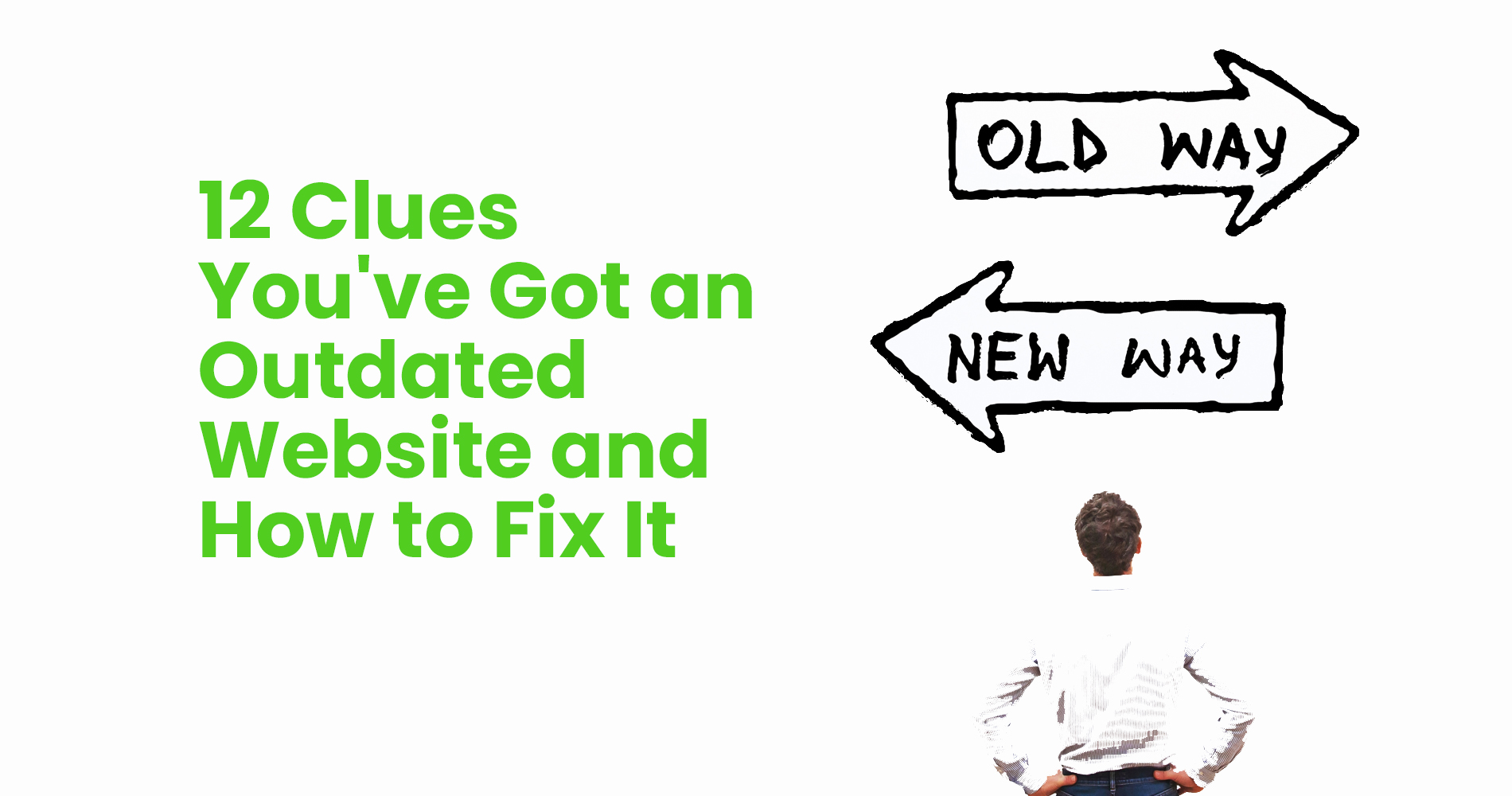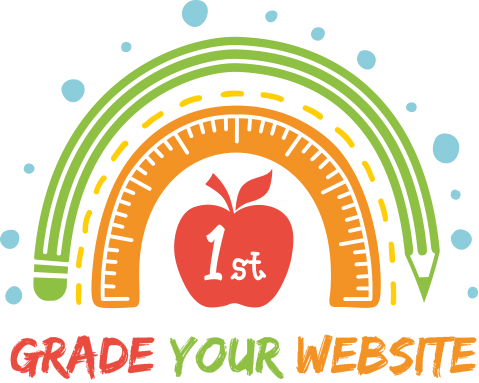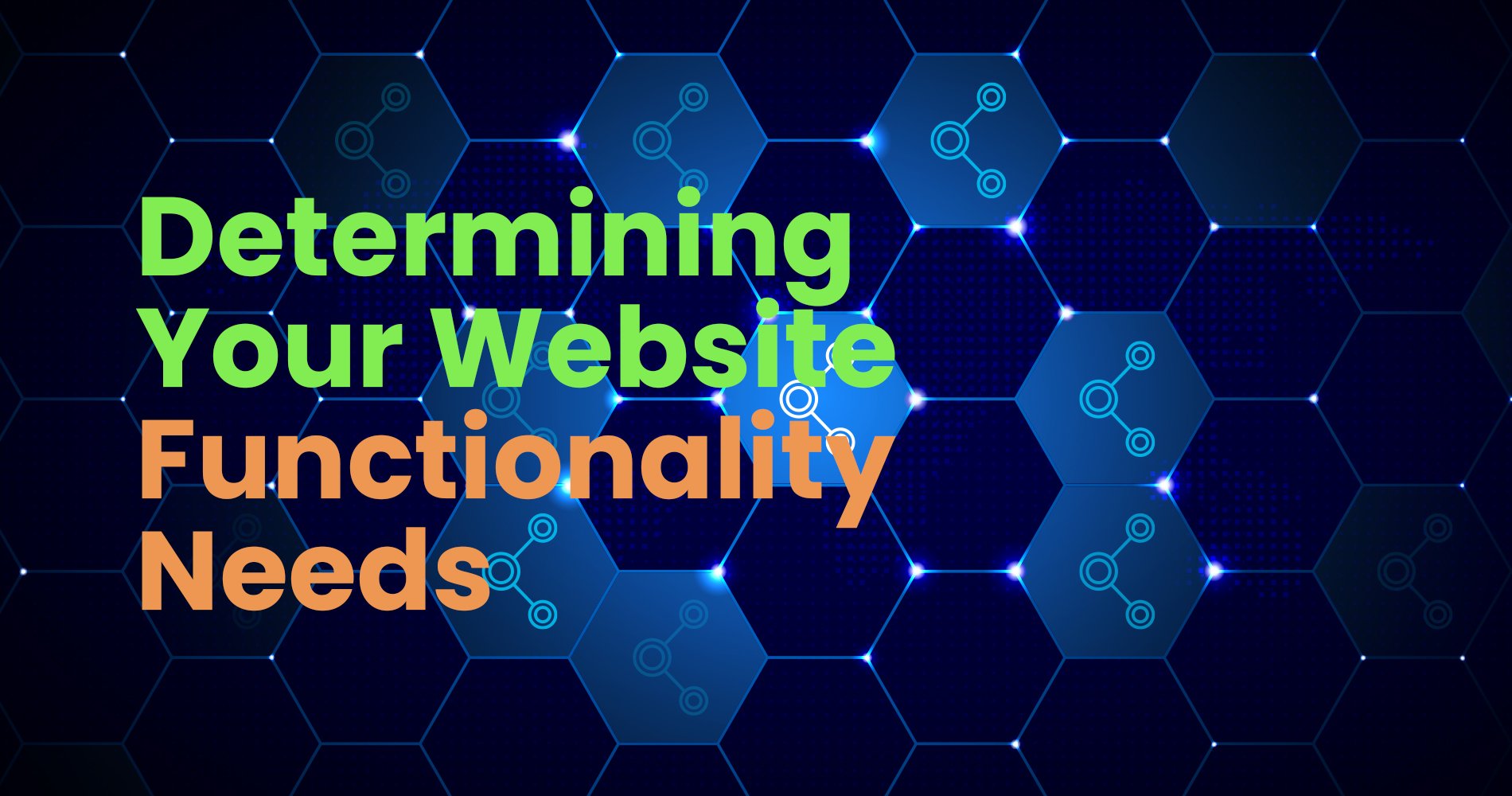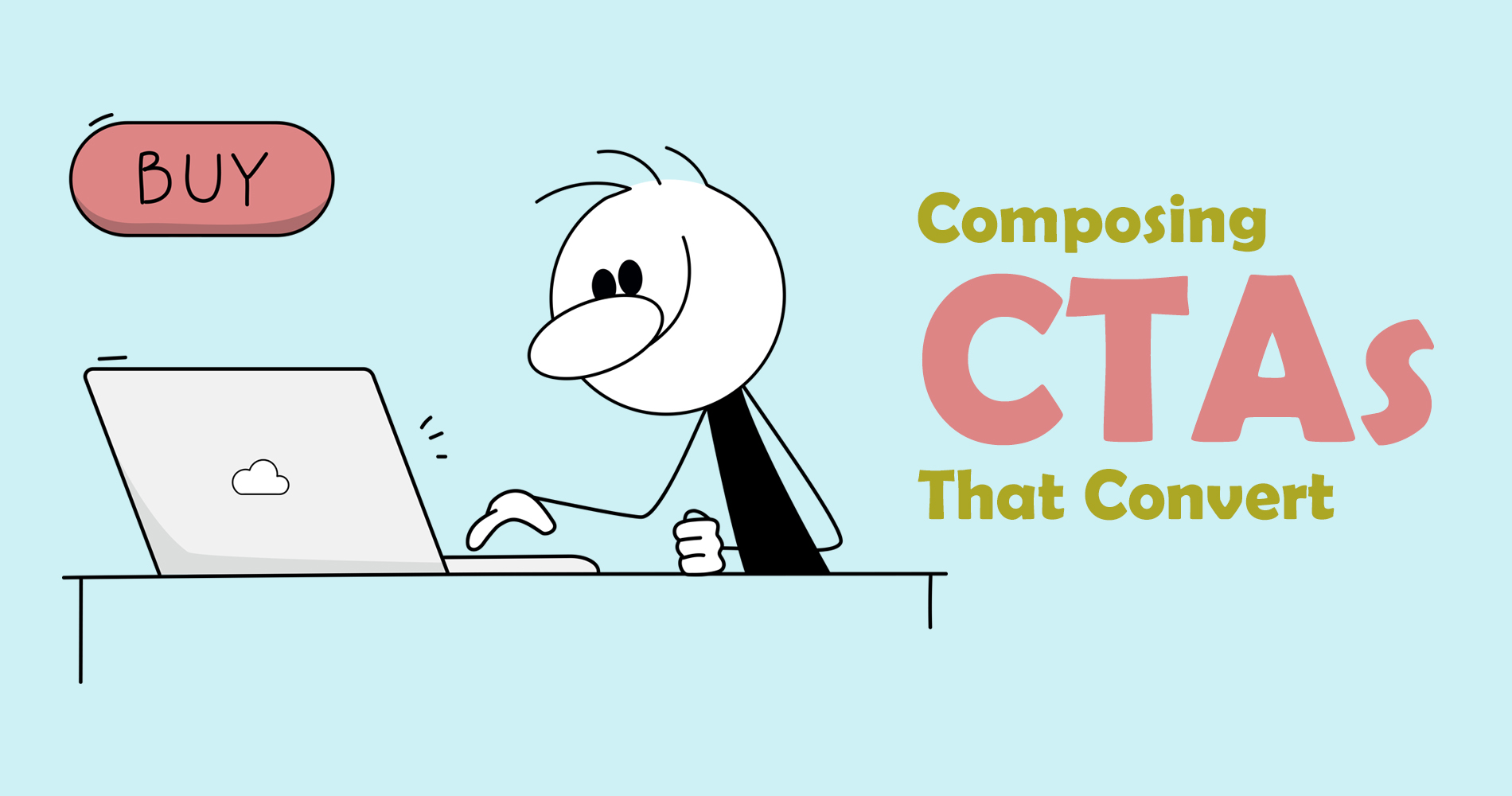It's common for sites to become obsolete and lose their functionality. Also, content tends to lose credibility with time and no longer represents your brand in any way. Websites usually need updating roughly every 3-5 years. The exact time will vary depending on your industry and how you update your products, services, or brand to stay in line with market competition.
As a businessperson in today’s ever-changing industry, you must be keeping your web presence updated at all times. Customers want to know what you offer at all times and what services or products you have available, so don’t let your service or product pages stay outdated—if the information on one of these pages doesn’t quite reflect your brand's image, perhaps consider refreshing it with some new photos! Think of your website as if it were your online store. Nothing feels more unprofessional than going into a brick-and-mortar store and finding certain products out of stock; this reflects poorly not only on you but also the store itself.
Your website should be an extension of your business. You want your website to be visible on search engines, and that means creating quality content updates for users and search engines. If you’re not visible on search engines and offering relevant content, then you are missing out on attracting customers who are searching for your services or products online. To keep up with current trends in your business industry, you need to adapt to the market and make sure you’re posting quality content regularly - even if that means just posting one blog post per day.
Have you thought about updating your website? Check out these 12 signs that your site needs to be updated so it can succeed.
1. Web browser compatibility issues
Web browser compatibility is necessary. Certain features may work better with particular browsers. A website that is overly complex and frequently breaks could be cause for concern.
It's crucial to make sure your website is compatible with popular browsers such as Safari, Google Chrome, Internet Explorer, Edge, Firefox, and so forth, to ensure that your users have the best browsing experience possible.
2. A non-responsive design
Responsive web design makes your website easy to navigate on any screen and your site will load fast with CSS optimisation. More than half of all web traffic comes from mobile devices - this number is constantly growing as more internet users switch to smaller screens. Since so many people are switching from desktops to mobile, your business needs to have a fully responsive site.
Otherwise, you risk losing customers who want an easy-to-navigate layout, clean images, and clear information about your services or products.
3. Age-old imagery
When a website is built, we need to select images that engage visitors and make the design unique to our brand. Using stock imagery on your blog or social media pages can give your sites an individualized touch - but it may not be suitable for your website redesign if you’re looking for something more professional. When you choose image sourcing as part of your web design process, there are several things to consider ensuring images are relevant, engaging, and appropriate. However, they should also take care of their customers.
Stock imagery is generally acceptable for social media-focused mediums such as blogs and articles when time constraints require turnaround time to be faster than usual. However, having high-quality images and an authentic vision for the website makes for a better experience for your audience and helps establish brand identity immediately upon loading.
4. Low conversion rates
The leads you used to get through your website are disappearing, and your site receives less traffic now. Consider how this is affecting your website and identify where you need to focus more when updating your site. It may be a technical issue requiring extra attention, or it may even be a misunderstanding about how your website is laid out.
Whatever you do, the purpose of your website is to generate leads by increasing brand awareness. You must learn why your website isn't doing this and fix it or redesign it from the ground up.
5. Misleading or outdated content
It takes time to develop a great reputation for your business. If the messaging and content on your website fails to adequately offer what your business provides, then it's going to need an update. This is important as you will want to make sure that any customers who visit your site get a clear idea of what it is you are offering them. Your recent work will provide a good indication of the quality of services you provide so ensure that the information provided on your website remains up to date. The last thing you want is for people visiting the site may be under the impression that you don't know what you're doing or worse - where getting anything but truthful responses from potential clients! You can also create content that informs your audience about the sorts of services they can expect from you as part of building trust and ensuring there's no mystery around why they should choose to engage with your business.
6. No longer relevant to current SEO tactics
Search engine optimisation involves following a variety of strategies to make your website more visible to search engines. You will need to evaluate what may be causing search engine results not to appear for your site. If your website isn't optimised for search engines, you're going to miss out on a great deal of traffic. Around 87% of searches begin with Google.
To improve SEO, some websites may need to be tweaked. Your website may not be optimised for modern SEO needs if it is more than five years old. The more technical aspects of SEO, like site maps, link building, and page loading speed, can be helped by fixing your outdated website. However, you'll also need to consider adjusting your content.
7. A subpar user experience
The user experience is everything and will determine the success of your website. If people don't see an obvious link to what they want to buy or if they can't figure out how to navigate around your site, you're not going to get very many sales. Getting more conversions and leads requires a straightforward user experience. So, you know exactly where to place the call-to-action, you should redesign your website using data and science. Using conversion tools on your website will help you improve the user experience as well as the leads you generate.
8. High Bounce Rate
If you spend all that time and money on search engine optimisation, it shouldn’t be wasted if your bounce rate is high. There are a variety of reasons why your bounce rate may be high such as content errors, unclear navigation, or a lack of social media integration. It’s important to get a bounce rate below 50% for the most successful websites. You can use call tracking to enhance your marketing efforts. If people call on a phone number from your website, you can learn from that data to improve your content. If you have low engagement on social media, it might be because your social media marketing is not integrated with your website. You should make sure you are using your social media accounts to drive traffic to your website.
You need to assess if your website is relevant to your target audience: are you providing the answers your customers are seeking? To update your website properly, you need to understand your target audience fully, so you know how to communicate with them and what your products and services can do for them.
9. Inadequate website security
Ensure that your website has the correct security measures. This can be achieved by using a secure host and by installing an SSL certificate on your site. Make your website secure by building it in a way that maintains its security.
If you use a design and development agency, security should be a standard feature of the update. As well as impacting conversion rates, including security will also affect your search engine rankings.
10. Ineffective navigation and call-to-action
It may be challenging to get traffic to your website, but it is even more difficult to convert it. People must be given useful information and a call to action to share their details. Getting website traffic to convert requires a well-designed layout and the right information within the user journey.
The best way to convert traffic to sales is to have a fast loading, engaging, attention-grabbing website, with captivating headlines, eye-catching images, and the use of different media (infographics, video, guides), with a clear call to action. You will make it easier for your visitors to complete an action on your website by providing them with useful content and an easy-to-follow design.
11. Complicated to update
A content management system (CMS) can be tailored specifically to your business, or you can choose from several options available. Some CMSs are better suited to certain industries than others. You may want to consider a new web design and CMS system if you are having difficulty adding content, creating new pages, and generally unable to change it.
Choosing a CMS system means considering how easy it is to use and how you can integrate it with an integrated CRM system to ensure a seamless process.
12. Lack of Necessary Functionality
As websites advance and evolve, they add new features that can make your website seem a bit clunky and outdated. In the end, this will ultimately leave your visitors feeling like they’re not getting the best user experience possible. To fix all of these issues, it is essential to go back and examine your existing functionality as well as create enhanced new functionality to maintain a seamless experience for your customers and streamline your business. This can mean creating automation that saves you time & money such as helping with inventory control or generating personalised offers based on information from your visitors.
Lastly,
In the age of technology, it is understandable to want to make your website as up to date as possible. But there are some other things that you should consider when working on your website. Make sure the goals of your website are clearly defined, by creating a clear plan for your site. It is also important to consider the type of site you want to build. Make sure you take the time to carefully consider the layout of your site before you begin designing. Your website must fulfill the promise you make to your users, so focus on the core aspects of your business. If you're trying to make your site appealing to customers, you might want to include more product information. As you can see, there are several things to consider when building a website.
Some of the examples above are signs you should update your outdated website. You need to decide how much you will spend on the new site, as well as what you hope to accomplish with it, before starting to build it. Creating a better, more effective website may also be made easier with this website checklist.




